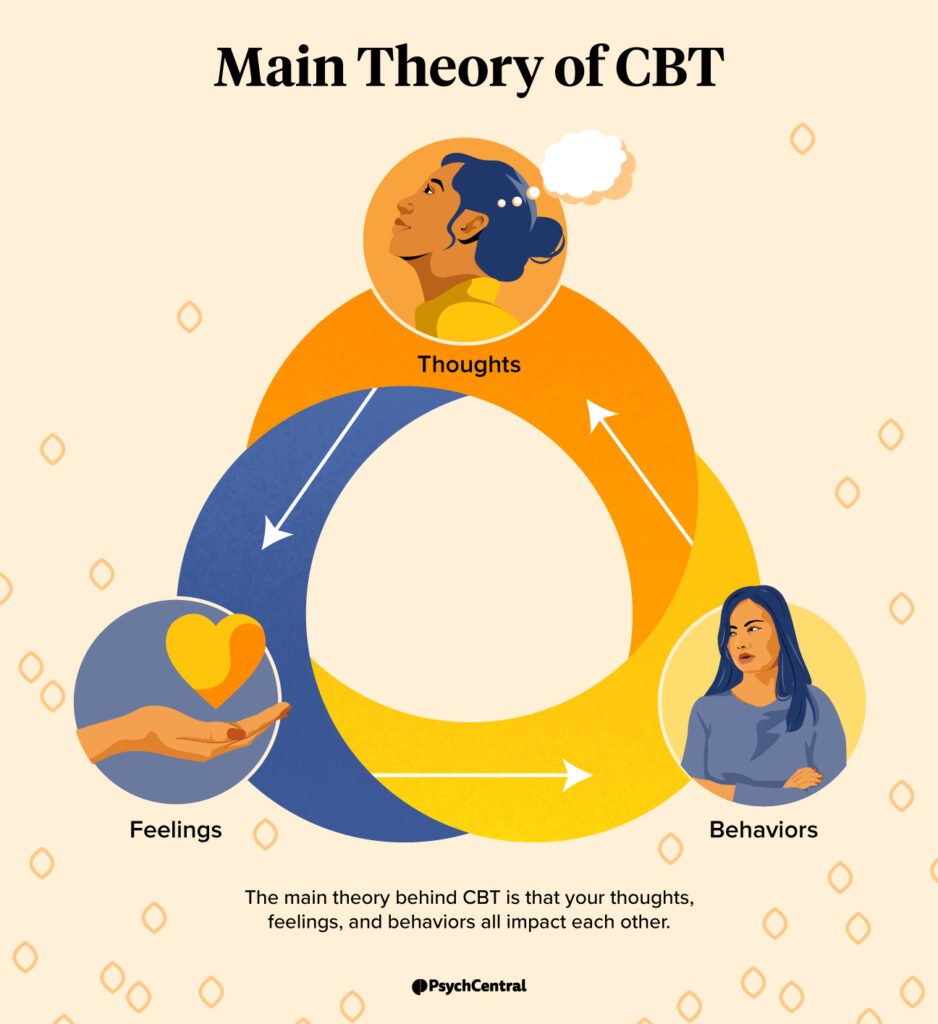
Counselling Approaches
The Free and protected space
I believe human beings are resilient and have an innate capacity to heal. We need to feel safe, often in the company of someone we trust, who accepts us just as we are, to begin the journey. My job as your counsellor is to cultivate and hold the free and protected space to support you with whatever you are ready and willing to work on. Together, compassion, empathy, and genuine positive regard will help us get there.
The Safe and Sound Protocol (SSP)
A non-invasive listening therapy for your unique journey to better nervous system regulation.
The Safe and Sound Protocol is an evidence-based therapeutic tool, created by Dr Stephen Porges of Polyvagal Theory, designed to reset the nervous system and return it to safety. Designed to work with other therapeutic approaches and modalities, the SSP features specially filtered music that stimulates the vagus nerve through the ears. This music is listened to on headphones, either in session or at home.
Suitable for children and adults, the SSP has demonstrated benefits for individuals with trauma, anxiety, sensory processing, and neurological differences (ADHD, Autism, etc.), and much more.
* If you are seeking therapy focussed on the SSP, sessions would be in the 30-50 minute range.*
Mindfulness
Being mindful is the practice of being aware of and accepting the present moment. When we bring attention to our experience in the present moment, we are more able to let go of our past regrets and our worries about the future. This can lead to increased self-acceptance, self-compassion, and a greater sense of well-being. In counselling, this often involves doing grounding exercises that facilitate orienting yourself to space and time by focussing on something in the room or in nature and attuning to the 5 senses. Exercises can include guided visualizations, breath work, body scans, and body movement. I encourage people to find their own ways of practicing mindfulness in their daily lives outside of counselling. It can take some trial and error, but it gets easier with practice. There are all kinds of different ways to be mindful and they don’t all involve being still. I enjoy walking in the forest in my practice.
Cognitive Behavioural Therapy
I use CBT as an adjunct to other approaches and do not use it as a standalone therapy. If you have done CBT in the past, it can very structured and involve a lot of worksheets. While these sheets can be helpful, I mainly use them as a reference for psychoeducational purposes and do not assign them as homework, unless, of course, you would like homework!
CBT helps people learn to identify, question, and change how their thoughts, attitudes and beliefs relate to the emotional and behavioural reactions that cause them difficulty. It can reduce emotional problems by teaching clients to identify distortions in their thinking, see thoughts as ideas about what is going on, rather than as facts, and stand back from their thinking to consider situations from different viewpoints.
Parenting Lens
I am foundationally attachment based. Using my experience in Bowen Family Systems, as well as training certifications in Circle of Security and Connect Parent, I support you and your family in finding ways to connect, work through challenges with greater confidence, and improve the way you communicate and relate with your child. Much of my parenting approach is also based in polyvagal theory and the idea of co-regulation. I aim to help you learn about your own, as well as your child’s, nervous system so you feel capable cultivating safes spaces in your family.
Circle of Security
A parenting program focussed on helping caregivers reflect upon children’s attachment needs in order to promote secure attachment with a child. Press on the youtube video link below for a more detailed description of the program:
Connect Parent
The Connect Parent Group focuses on strengthening the building blocks of attachment security with parents of teenagers. This means enhancing:
caregivers’ sensitivity
caregivers’ reflective functioning
caregivers’ ability to manage difficult emotional states in themselves and their children
shared partnership and mutuality in the caregiver-child relationship
To learn more visit:




